Dr.Dinesh Sharma is the current education minister of UP. He is also the Deputy Chief Minister and Minister for Electronics, IT, Science and Technology of UP.
Table of Contents
The education system in Uttar Pradesh has seen enormous improvement over the years. The literacy rate of the state, which was 56.27 in 2001, has seen massive growth to 67.68 in 2011. The new education policies and initiatives by the government and education minister of UP, Dr. Dinesh Sharma, have led to this change.
The setting up of new schools, colleges, institutions by the UP govt has made Uttar Pradesh top the charts of states with high literacy rates. The percentage now in 2021 is 84.78 males and 76.01 females. The sole reasons for these appreciable numbers are the government and the education minister of UP, responsible for the state's education.
About Dr. Dinesh Sharma
Dr. Dinesh Sharma, 53, coming from a Brahmin family, Dr. Sharma holds the degree of M.Com & Ph.D. from Lucknow University and has been teaching at the Lucknow University, his alma mater, since 1988. With his strong roots in RSS, he is known as being an approachable politician. And at present, he is representing the Bharatiya Janata Party (BJP), functioning as the education minister of Uttar Pradesh. He has been serving as the minister for secondary and higher education and as the state's deputy CM since 2017.
Political Career of Dr. Dinesh Sharma
Former Prime Minister Atal Bihari Vajpayee first noticed his political talent. Like many politicians in the Bharatiya Janata Party, Dr Sharma began his political career with Akhil Bharatiya Vidyarthi Parishad, the student wing of the Rashtriya Swayamsevak Sangh.
He was later named the state President of the BJP's Bharatiya Janata Yuva Morcha (Youth Wing). He was twice elected as the Mayor of Lucknow, first in 2006, and then he again stood for re-election in 2012 and defeated his nearest rival, Neeraj Bora of the Indian National Congress, by over 1.71 lakh votes. To this, Neeraj Bora said, "The most important thing about him is that you would not find one person who would say anything against him. When I contested against him in the 2012 mayor's election, he didn't fight like an enemy. He often said I am the younger son of his university classmate. Even though I was a Congress nominee and supported by the SP and BSP, he won with a huge margin. This tells a lot about his image,"
On 16 August 2014, he became the National Vice-President of Bharatiya Janata Party, following his contribution to the party's success in the 2014 Lok Sabha elections. On 19 March 2017, he was appointed as one of two Deputy Chief Ministers of Uttar Pradesh. He is not an elected member of the Uttar Pradesh Legislative Assembly, and he was selected for Legislative Council (Upper House) on 9 September 2017.
Dr Dinesh Sharma also is the minister for the Science and Technology, Electronics, and IT of the state. Dr. Dinesh Sharma himself is a scholar and has very bright ideas regarding the reforms that are to be done in the state.
Dr. Dinesh Sharma Contact Details
Below is how one can contact the Education Minister, Dr. Dinesh Sharma, about matters regarding the Ministry. In matters of urgency too, you can contact the minister himself.
| Contact Info | Details |
| Office Address | 268/10, Master Kanhaiya Lal Road, Aishbagh, P.O-Rajendra Nagar Lucknow |
| Contact Number | Phone (0522) 2238088, 2213272 (Mukhya Bhavan) |
Responsibilities of Dr.Dinesh Sharma
Yogi Adithyanath is the CM of the state. Very recently, in February 2020, the state government sanctioned a whopping amount of 783 crores in the state budget of the year for educational reforms.
These reforms include all the state-run primary, secondary schools, colleges, and also universities. The money was promised to be used only to encourage new candidates to join the public schools and colleges. It is not a myth that public schools and colleges have less infrastructure than private ones. To make all the public schools equivalent to private schools, the amount was sanctioned.
Below is the list of the important points that he wanted to take care of in the next five years.
- Keeping in touch with other premium colleges and universities from across the world and allowing a free flow of information between various state educational institutions.
- Accepting all the new knowledge and infrastructure in teaching and training new candidates under various courses.
- Making sure that our ancient traditional values are not to be missed in this modern form of education.
- Taking care of the syllabus of all the subjects and mixing some of the Indian traditions and cultural customs onto them to get a more positive approach towards both the traditions and modern school of thought.
- The main goal is to make education cheaper, affordable to every individual in the country.
- All the economic and social imbalances are reduced with the help of the modern education system in the remote areas of the state.
- Predicting future trends and ensuring that the children today are equipped with all the knowledge they need to have for the future necessities.
We have to note that the minister allotments in the state have been done so that a single person deals with all the related areas. It was a great move taken by the government; this will help the minister predict the country's future job requirements and make sure that the majority of the candidates are being trained in those areas and subjects.
Department of Higher Education of UP
From the time of independence, the department of education came under the government of India. From big cities to the remotest of villages, every child was allowed to learn with extensive awareness programs about the importance of education. The GoI was successful enough to bring the majority of the young kids to school from the 1950s.
The government of India set up an Education ministry at both the central level and state levels too. The ministry department will focus solely on the higher and secondary level education given in all the state and center-run schools and educational institutions.
UP is the largest state in India, covering the largest landmass and India's highest populated state. The education ministry for the state of UP has to take care of all the state government schools and recognize the schools that are eligible to offer education to society. These are the most important works of any state education ministry department. These two works are given as a motto to the state governments by the central governments,
As of today, there are a total of 8,66,361 primary schools, 8,459 higher secondary schools, 758-degree colleges, and 26 universities in the state of Uttar Pradesh. In the year 1981, the literacy rate of UP was 28%, and it increased to 49% in 1998. Thus, it almost doubled in 16 years. And this was the biggest achievement in the history of education in Uttar Pradesh. Let us now look at the education minister for the state of Uttar Pradesh responsible for the state's education.
Evolution of Education System in India
Education in India became very important immediately after independence. Independence came very late for our country. By the time we got independent, a majority of the countries in Europe and America have already been industrialized and urbanized. But here in India, most of the population was living only on agriculture and other artisan-related works.
The education was also only restricted to the work that the head of the family did. This kept on continuing for centuries as jobs were family-specific; for example, the Brahmin community would perform rituals, offer prayers, do pooja at the temples, while the Kshatriya community was reserved for fighting wars, soldiers. India's traditional Education system was called gurukuls, where students were taught all kinds of knowledge like medicine, war strategies, hunting, Vedas, Upanishads, etc., in open spaces of the ashramas called Gurukula by a Guru.
India had the concept of Universities too before the advent of the British, for example- the Nalanda university. The west concept of schools and colleges was brought by the British during their rule in India. This concept of education called the modern Education System was then spread to India, which continues to date.

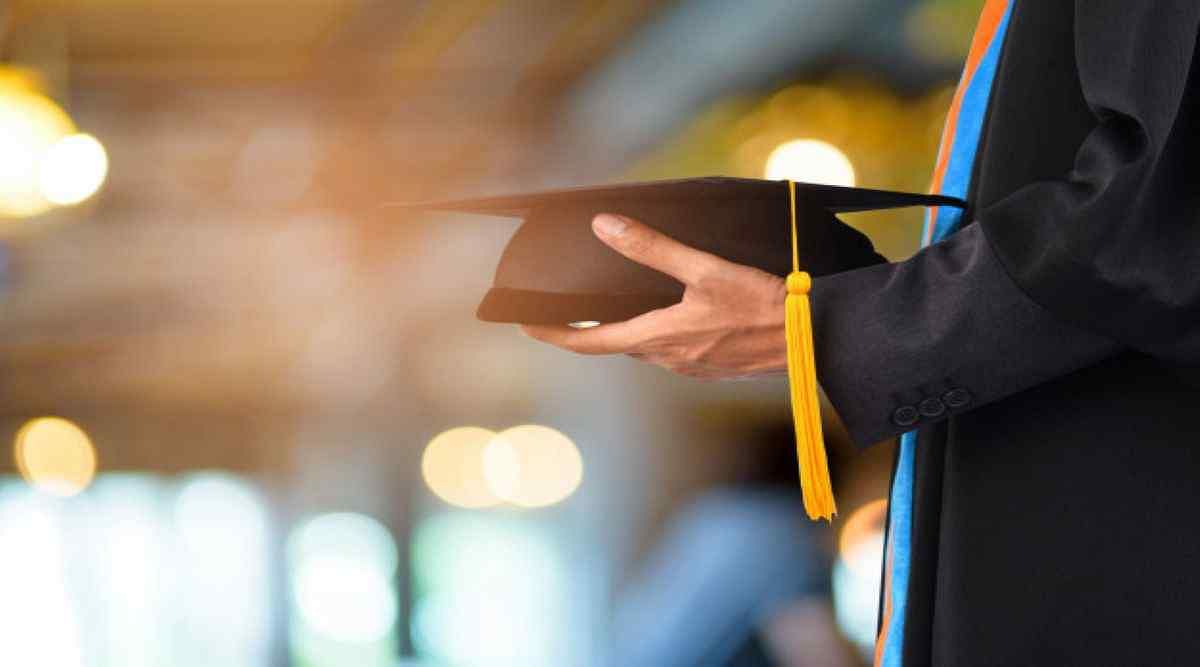
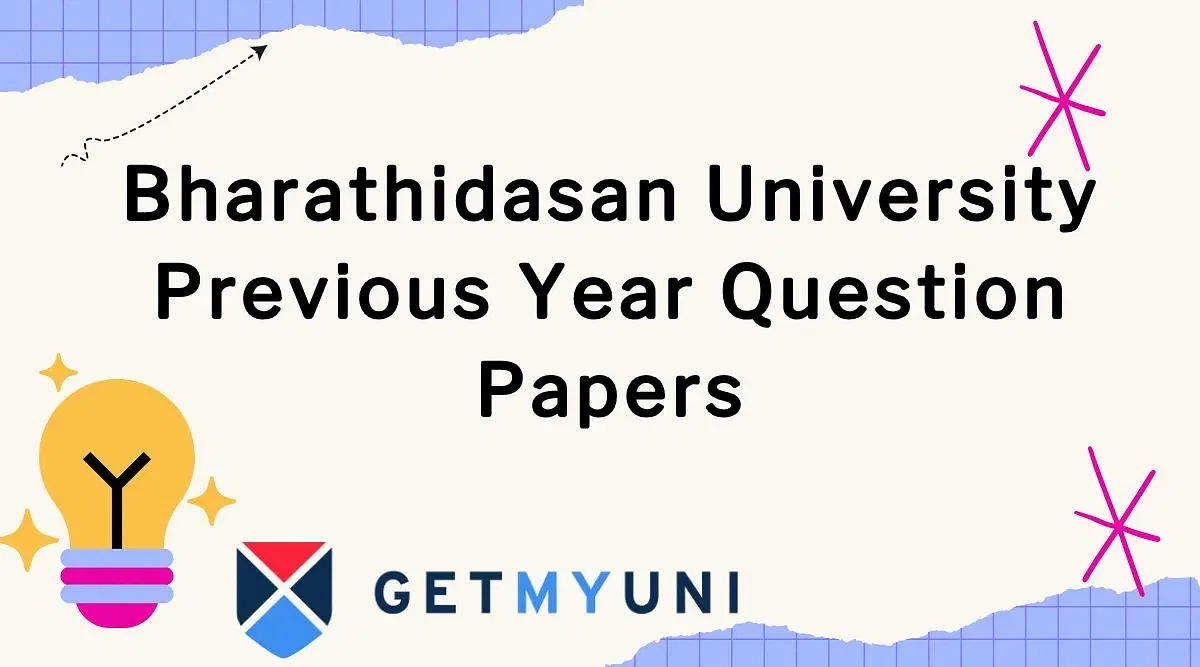
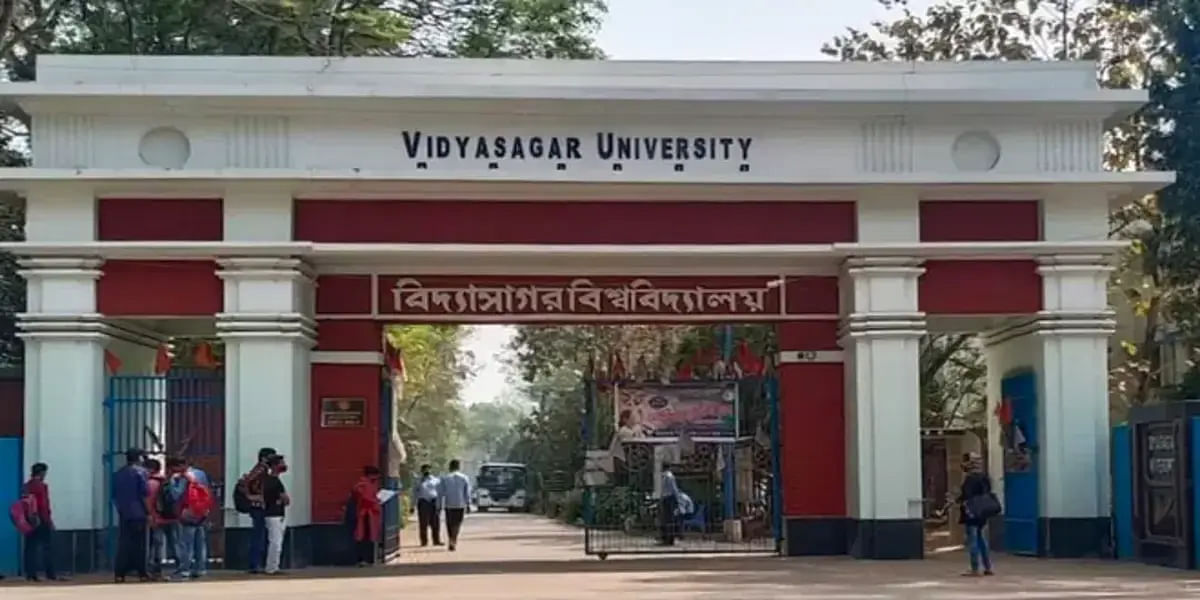

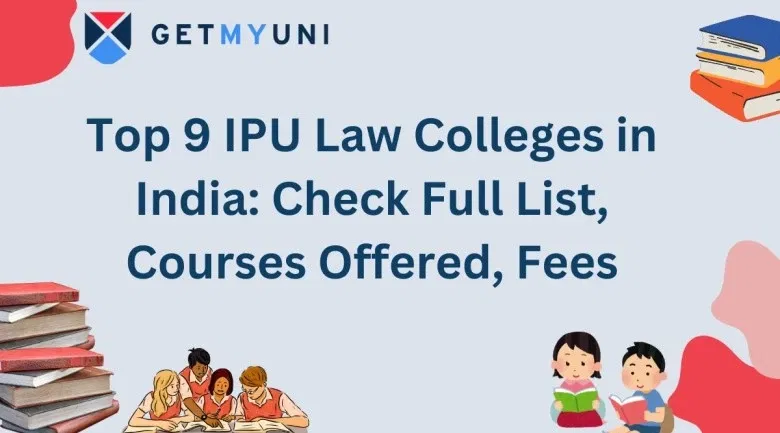
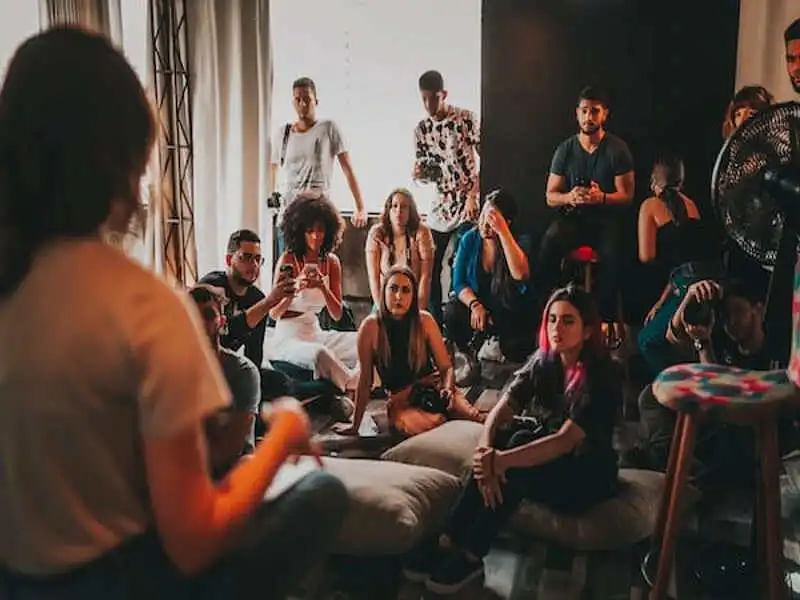
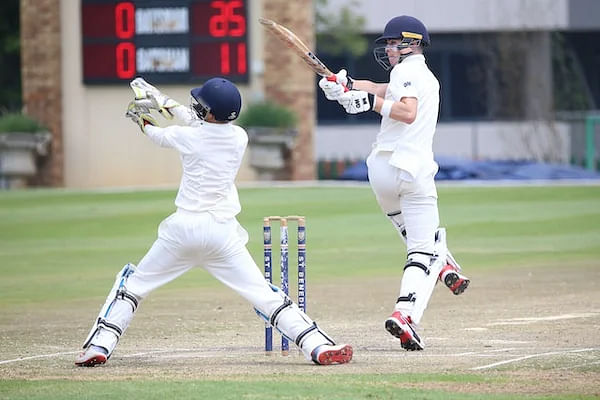
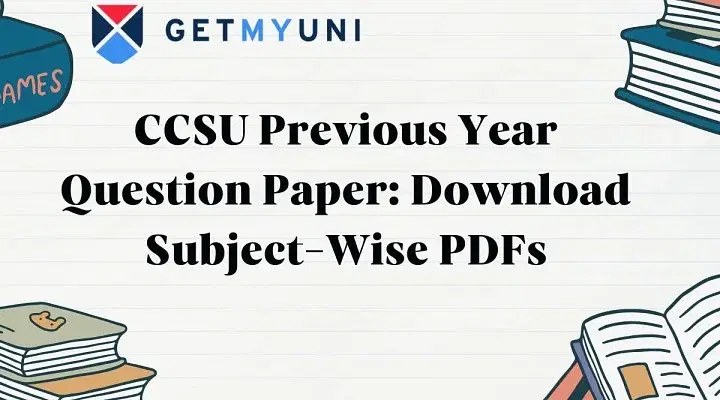
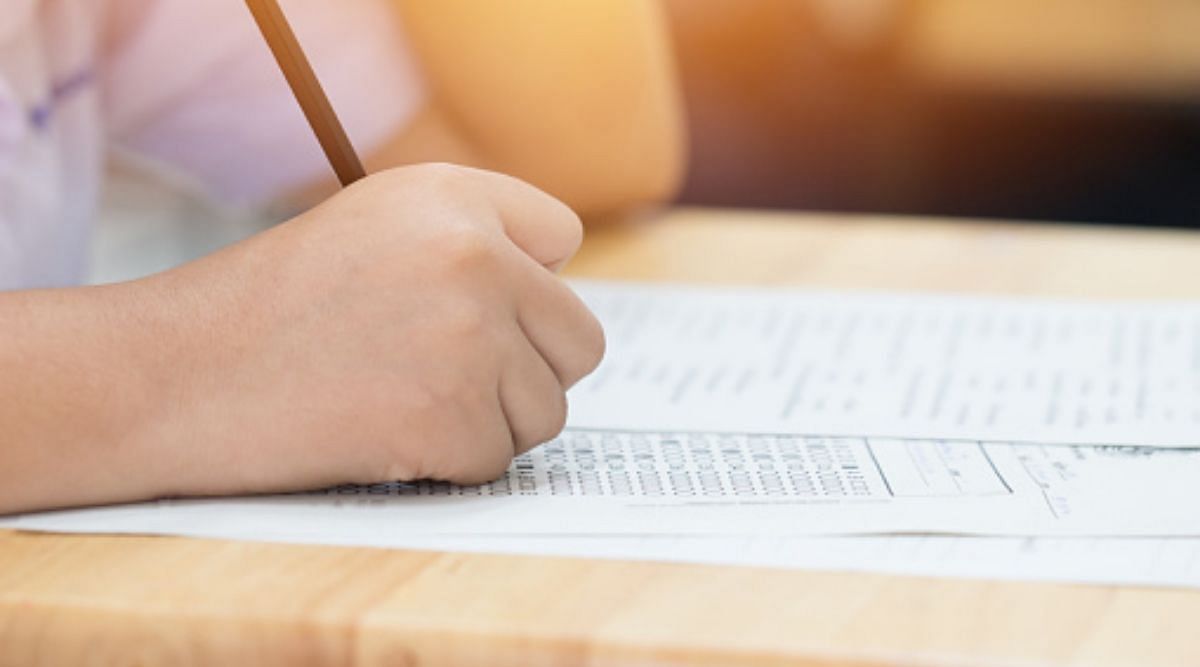

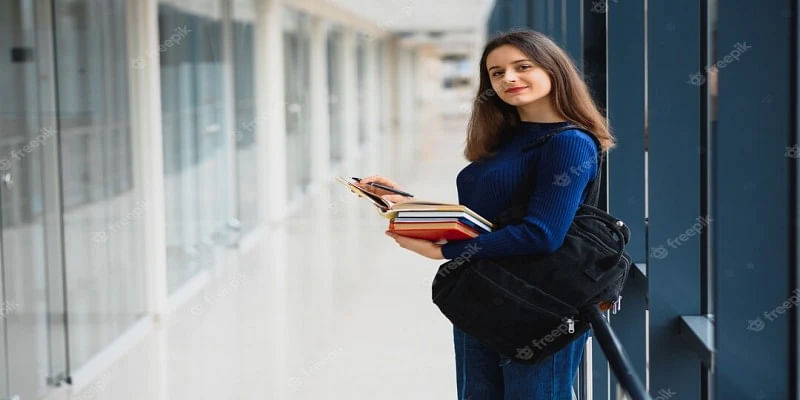
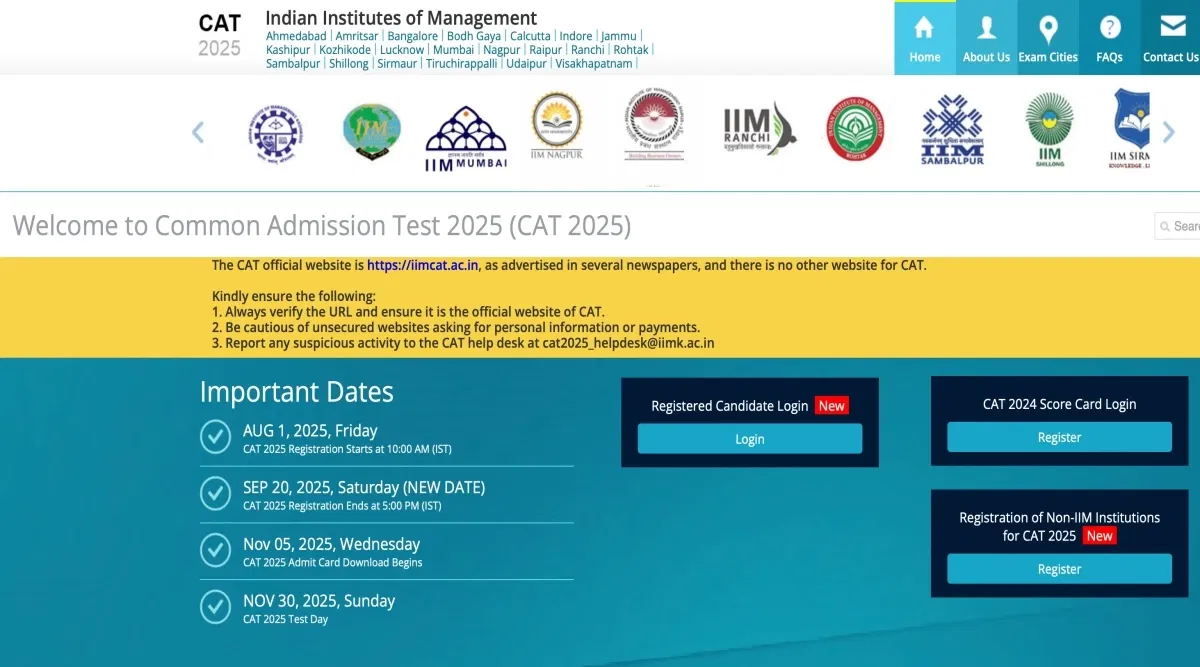

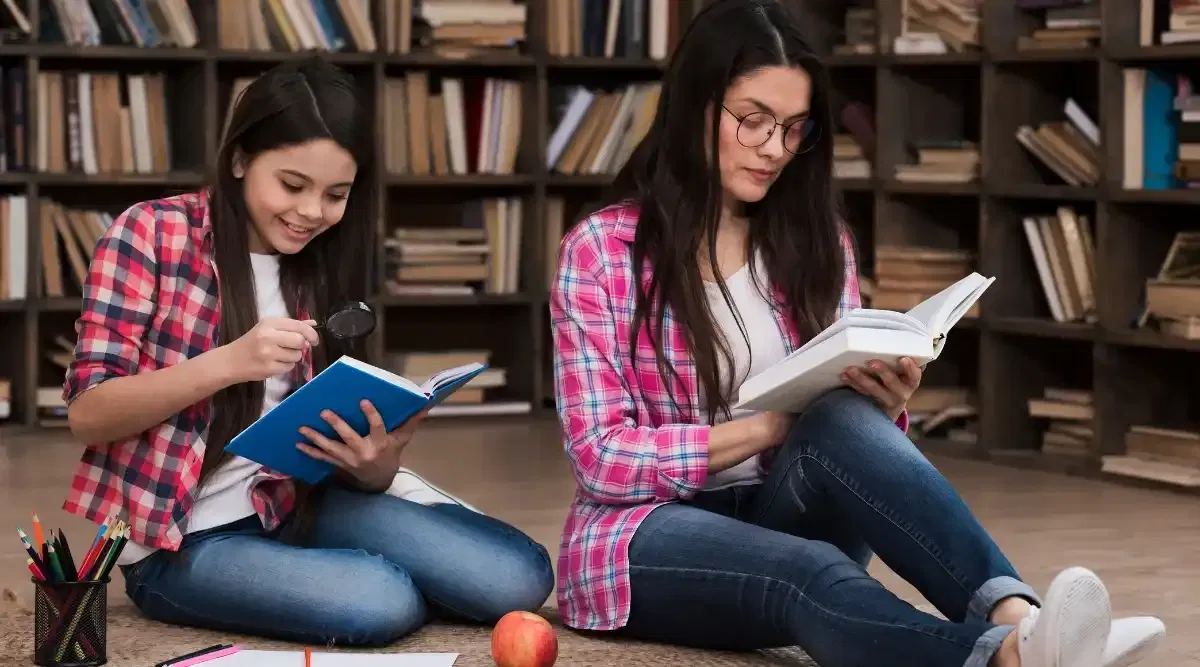
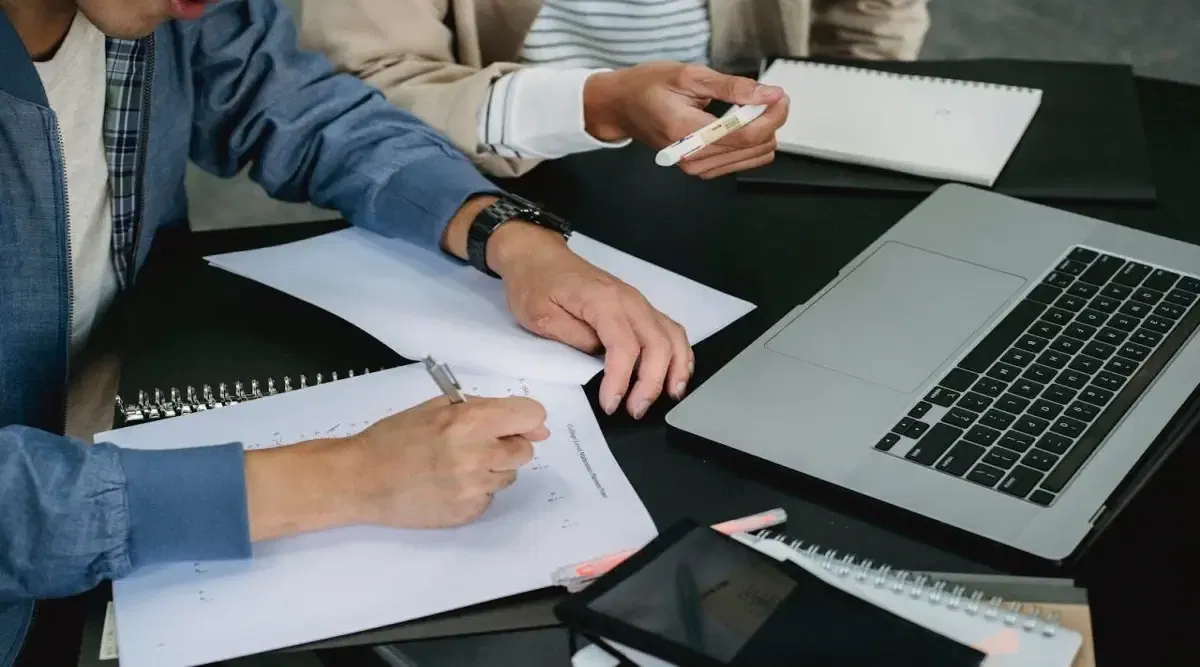


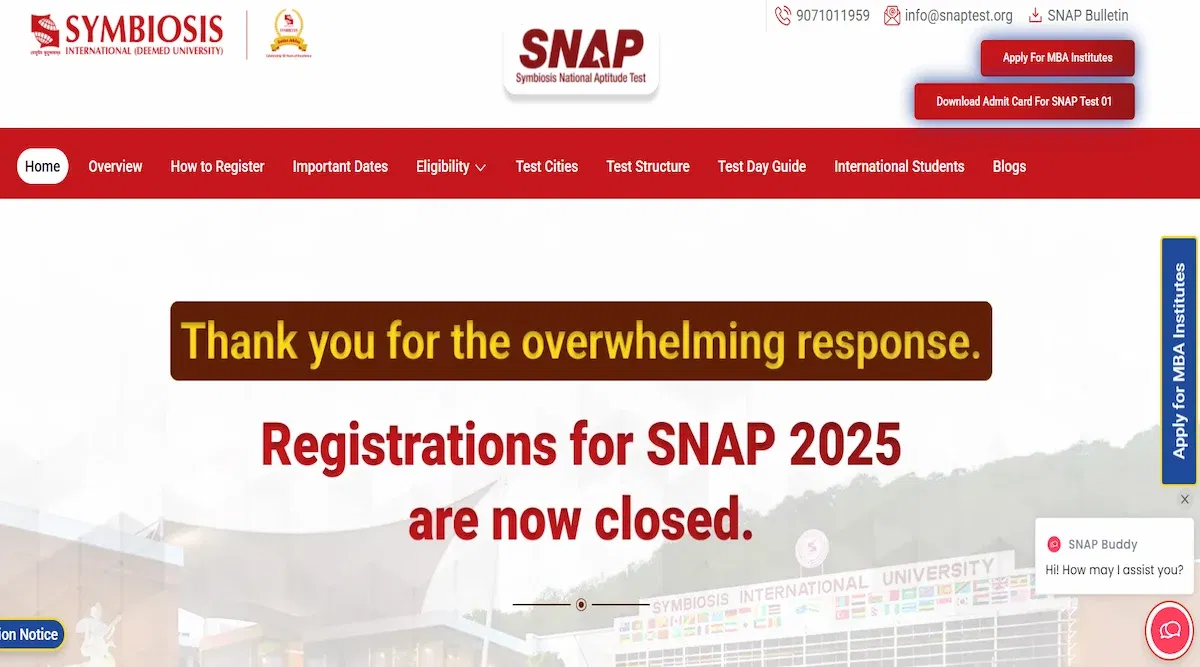
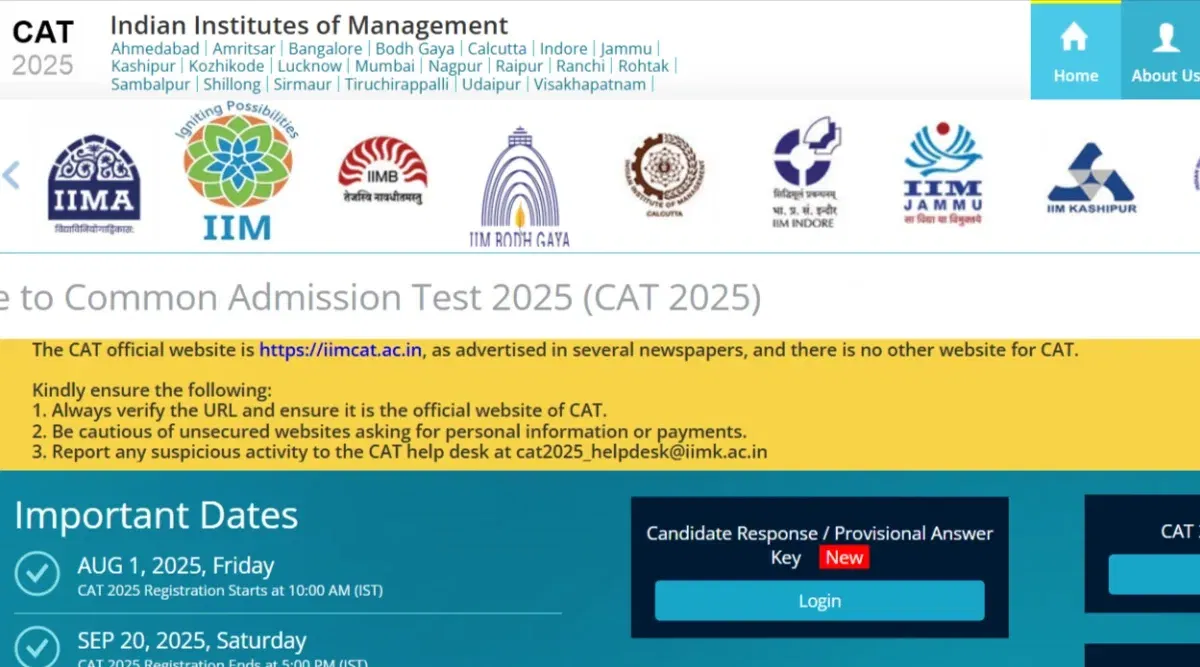
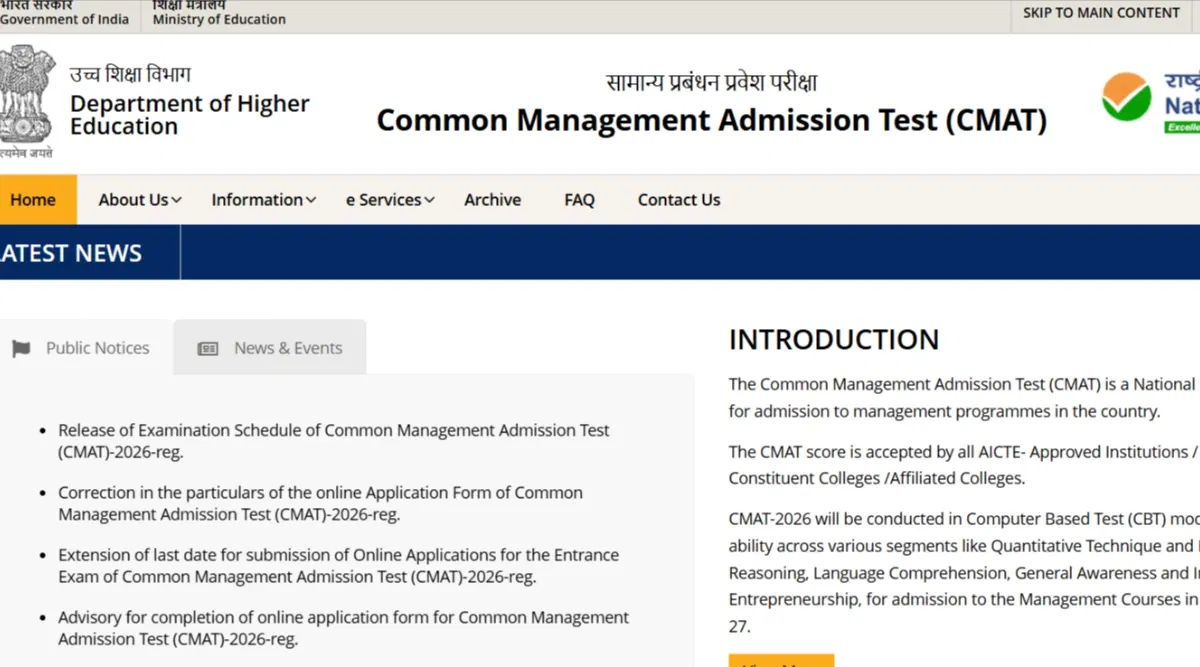
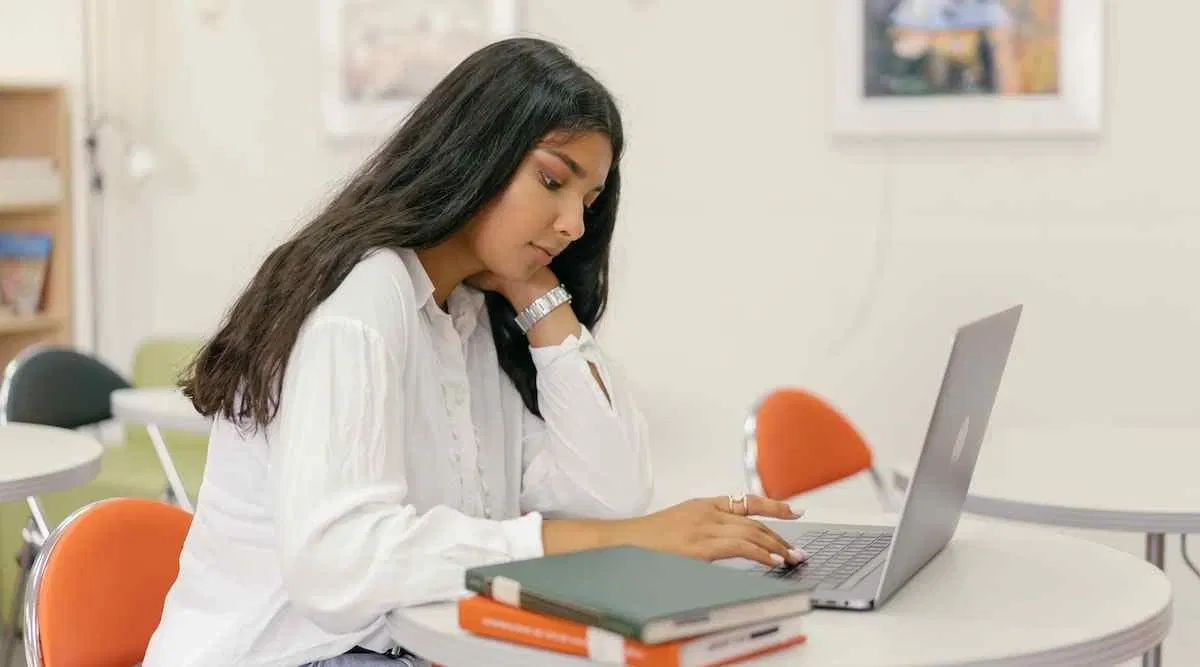

POST YOUR COMMENT